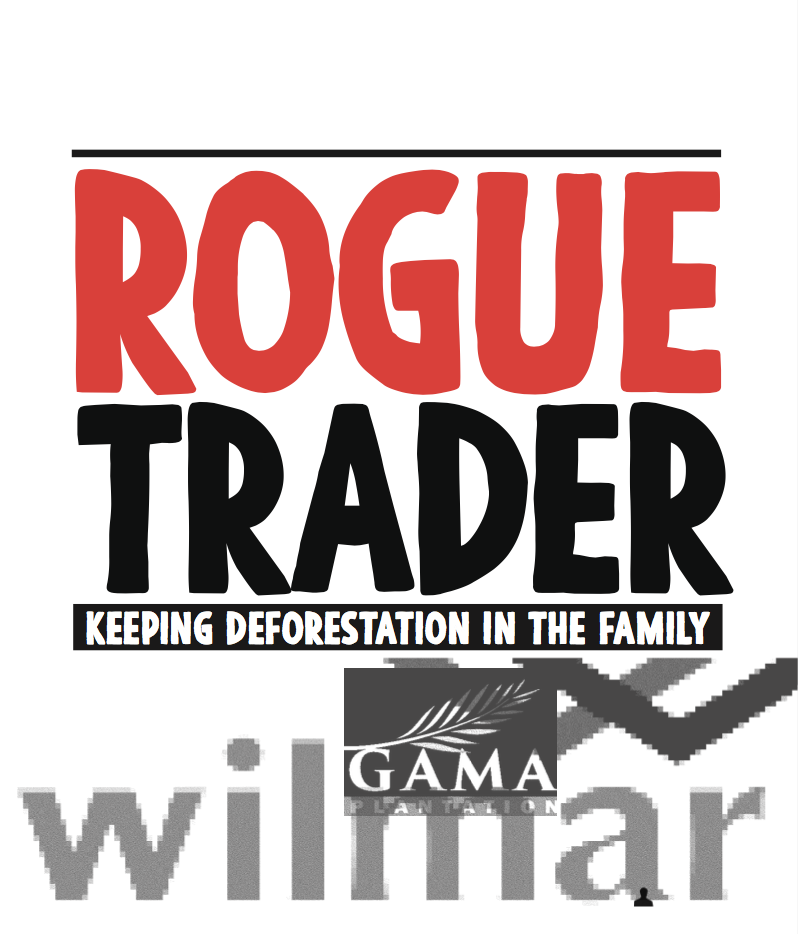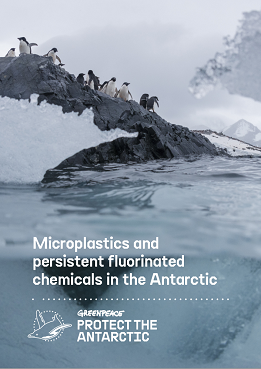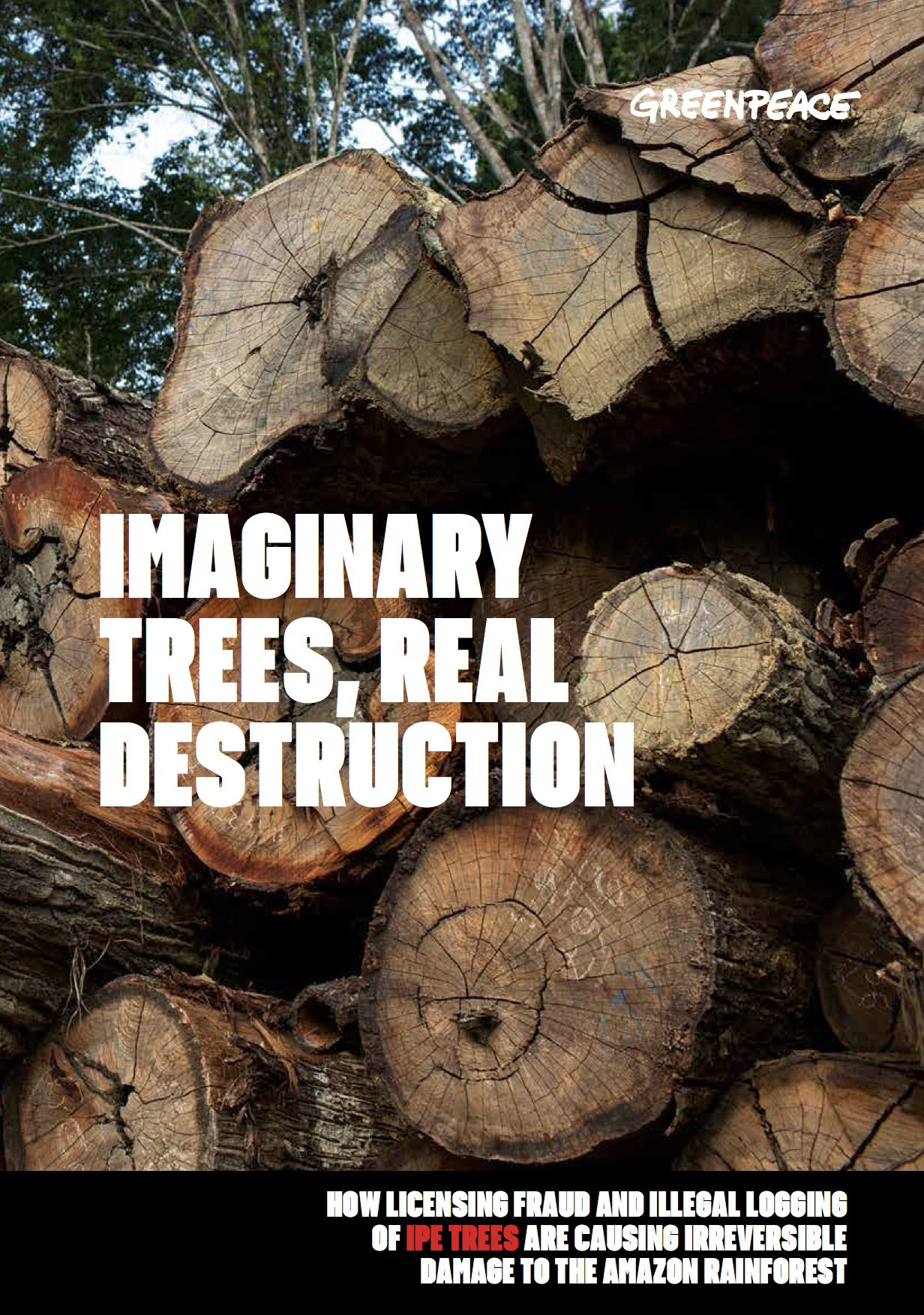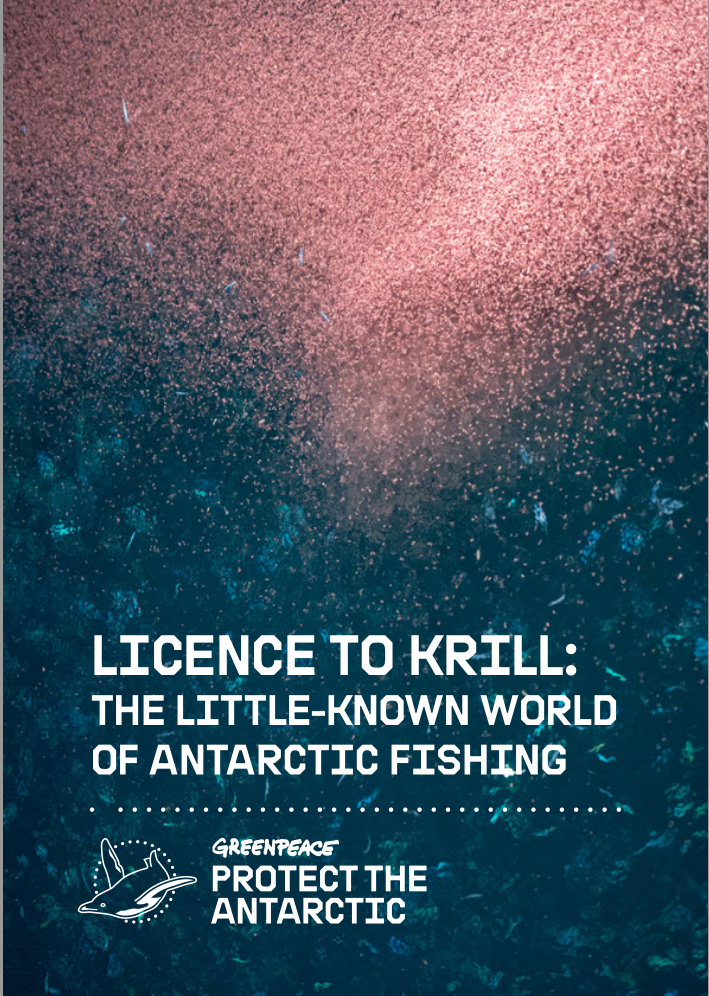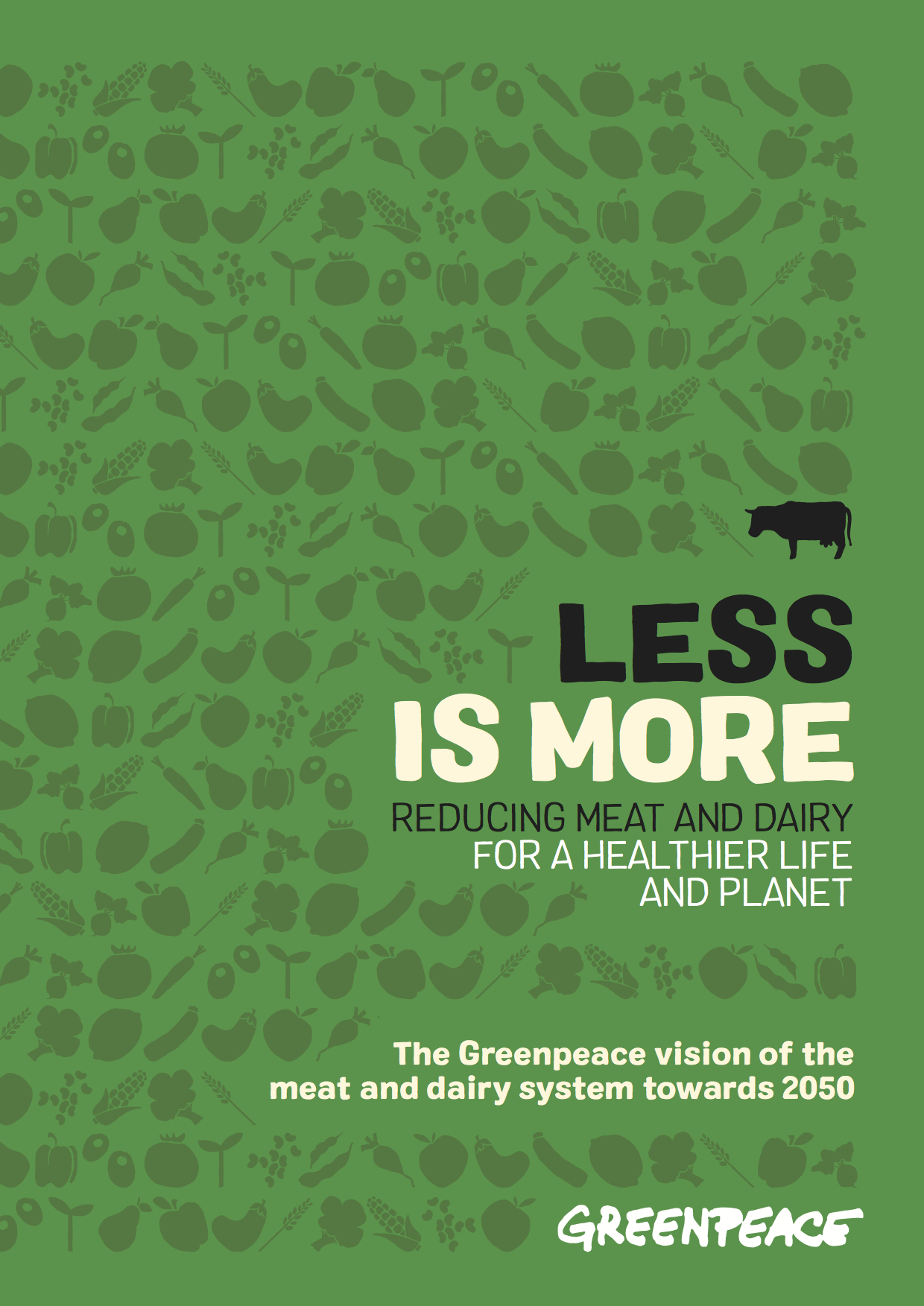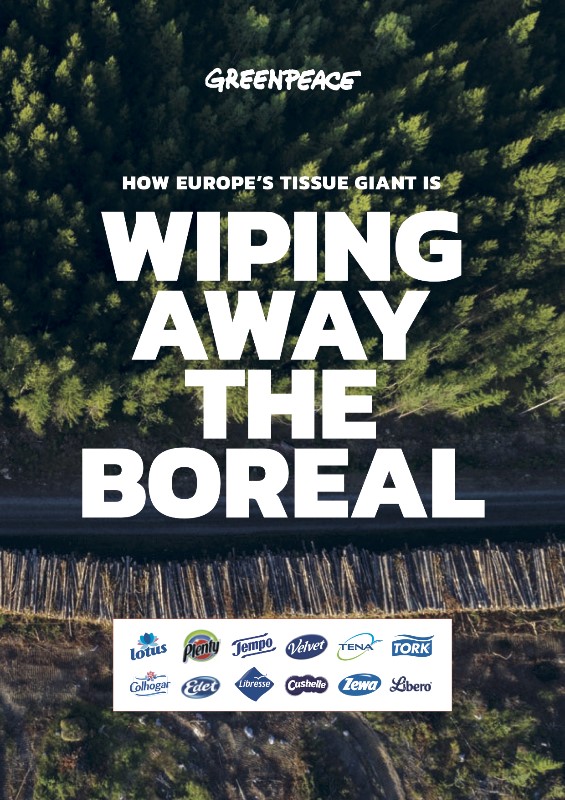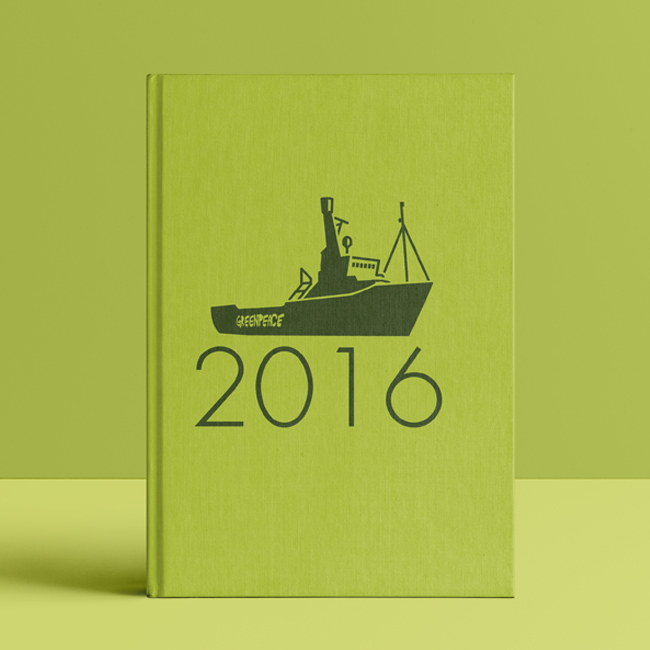All articles
-
Annual report 2017
An important part of our work was coordinating the development of longer term campaign strategies and generating new ideas that will help us realise the world we want to see.
-
Rogue Trader
A new Greenpeace International investigation has revealed that Wilmar International, the world’s largest palm oil trader, is still linked to forest destruction.
-
Imaginary Trees, Real Destruction
A weak licensing regime and indiscriminate and illegal logging of Ipe are causing damage to the forest and its inhabitants. Some of the effects of this environmental crime are already visible, including deeper encroachment of illegal roads and growing degradation of the forest, the destruction of biodiversity and an intensification of violence in the countryside.
-
Moment of Truth
Halting and beginning to reverse the destruction of the world’s forests for agriculture is the cheapest, quickest and most equitable option to stabilise the climate and buy time for a just transition to a low-carbon economy.
-
Licence to Krill
Greenpeace investigations reveal how krill-fishing companies are expanding operations in the fragile Antarctic ocean, putting an entire food web at risk.
-
Wiping Away the Boreal
Human activities are currently driving the world’s species to extinction at up to 1,000 times the natural rate. To protect biodiversity and the functioning ecosystems that are vital to our wellbeing, we must reduce and ultimately halt our destruction and degradation of natural habitat.
-
Annual report 2016
Our planet and people are more interconnected than any world-wide-web we could create. What impacts one part, affects another and environmental protection is inextricably linked with social justice.


